Stealing from the Best to Create Better Designs
I learned to steal to create in design school. See my process for borrowing from the best to make my designs better and better.
Good artists copy, great artists steal. - Pablo Picasso
It’s just a word but really, as a designer, I can’t live without the word “create.”
I joined the Wiredcraft design team in the fall of 2015 and have had an opportunity to work on some great projects like the Myanmar elections. My process for transforming stealing into creating has helped me integrate well with Wiredcraft’s design process and grow as a designer.
The first time I realized what “create” meant to me was in my high school art class. My teacher gave my class some geometry shapes and lines, and instructed us to use these to draw a picture, emphasizing how this can save time. This was my first time truly creating - before, all I did was copy-copy-copy.
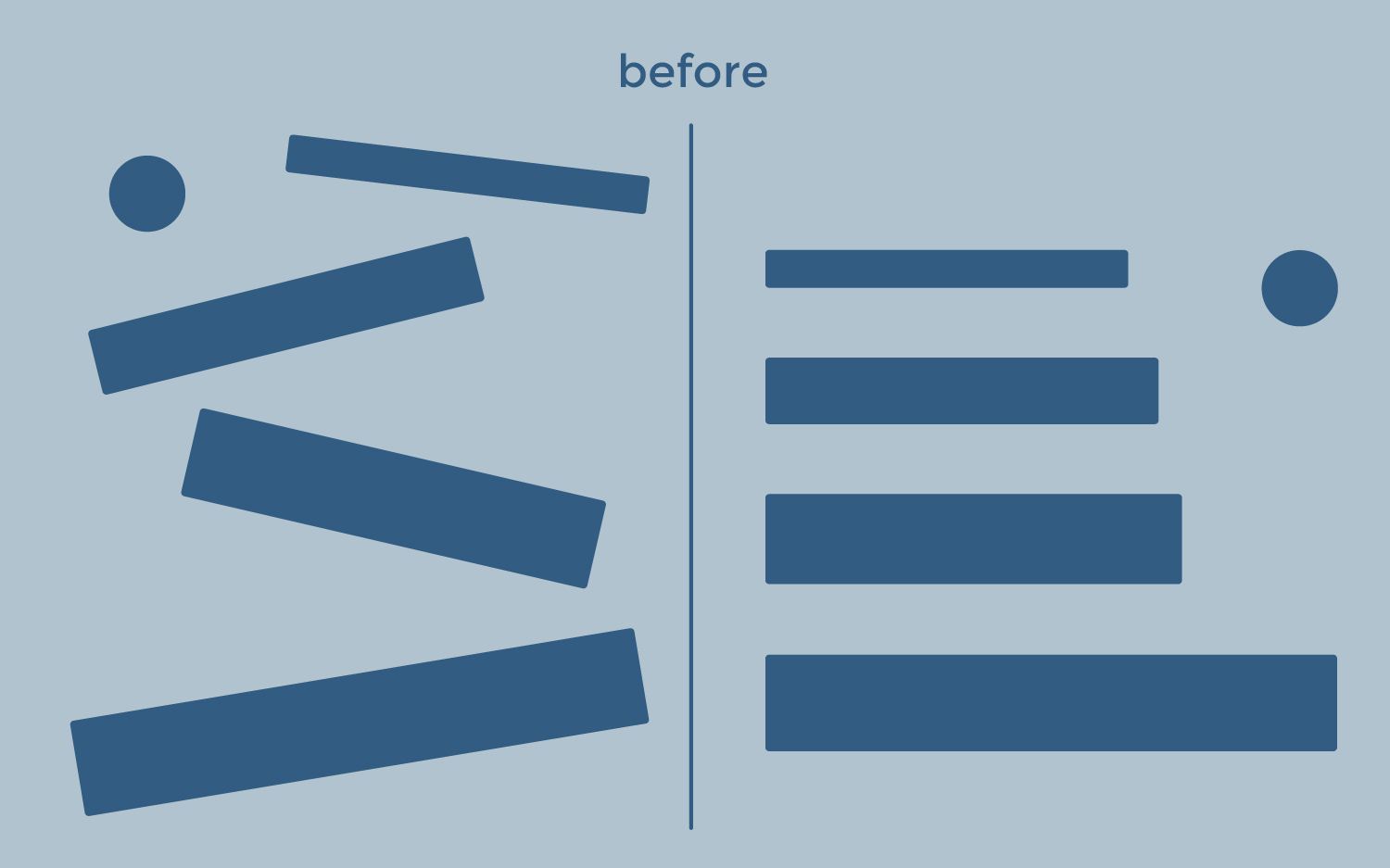
At the next step in my journey as a designer, I had to think about how to create a new thing or solve the problem (and make it look good). But I always heard something like - “I saw that before!” “Oh! You must steal the idea from others!”
But on the flip side, my teacher told me, “Nobody starts with a unique style. We all learn by copying at the beginning.”
So I started to think about the relationship between “steal” and “create.” After reading some books and articles, like Steal Like An Artist, I had a better understanding and felt that the books really helped me with this question.
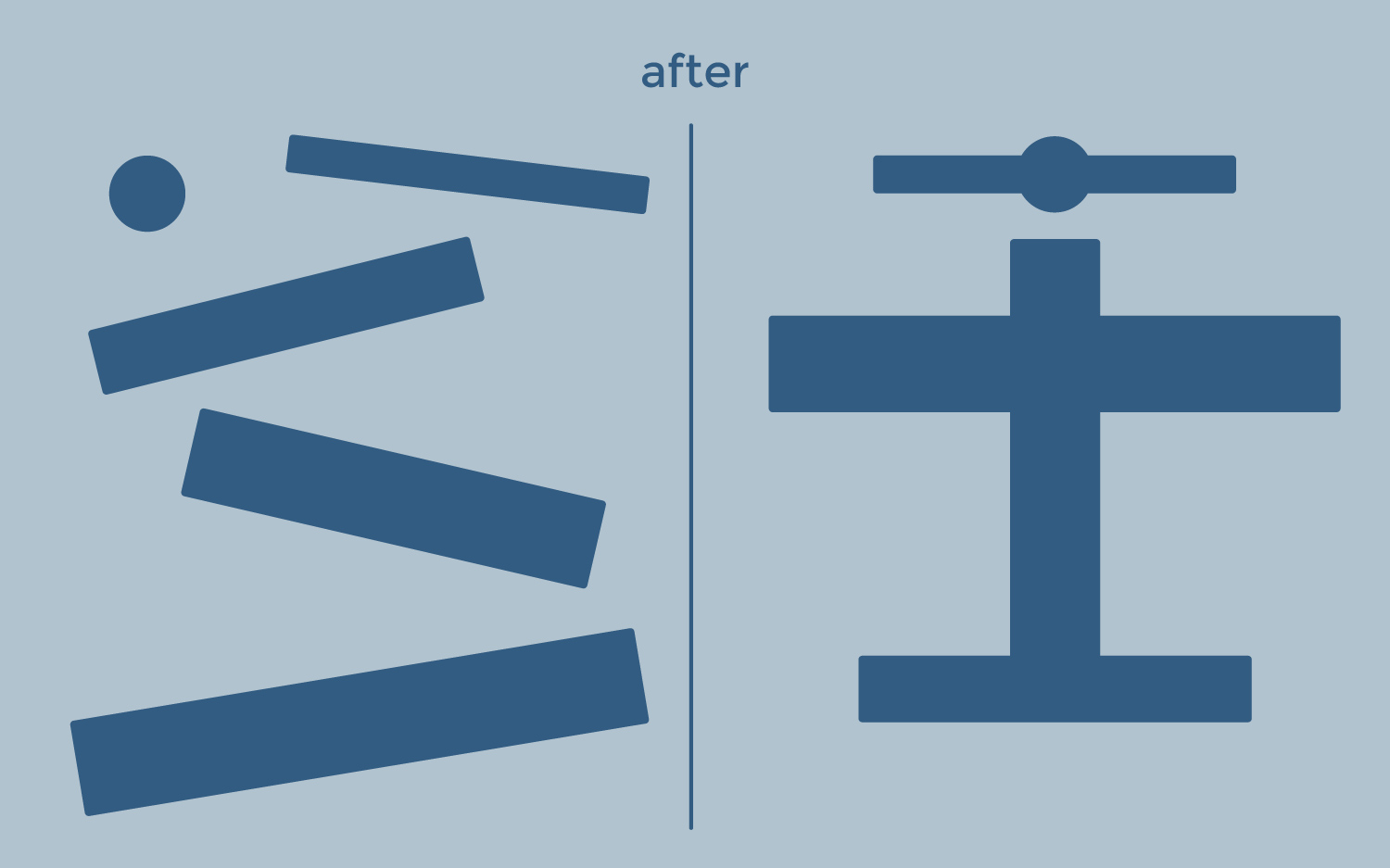
So, how do I transform “stealing” into “creating?”
Stealing isn’t about copying your fellow designers. It’s about learning what you can from them and filtering their ideas through your own thoughts and feelings in order to build something new.
1. Fake It Until You Make It
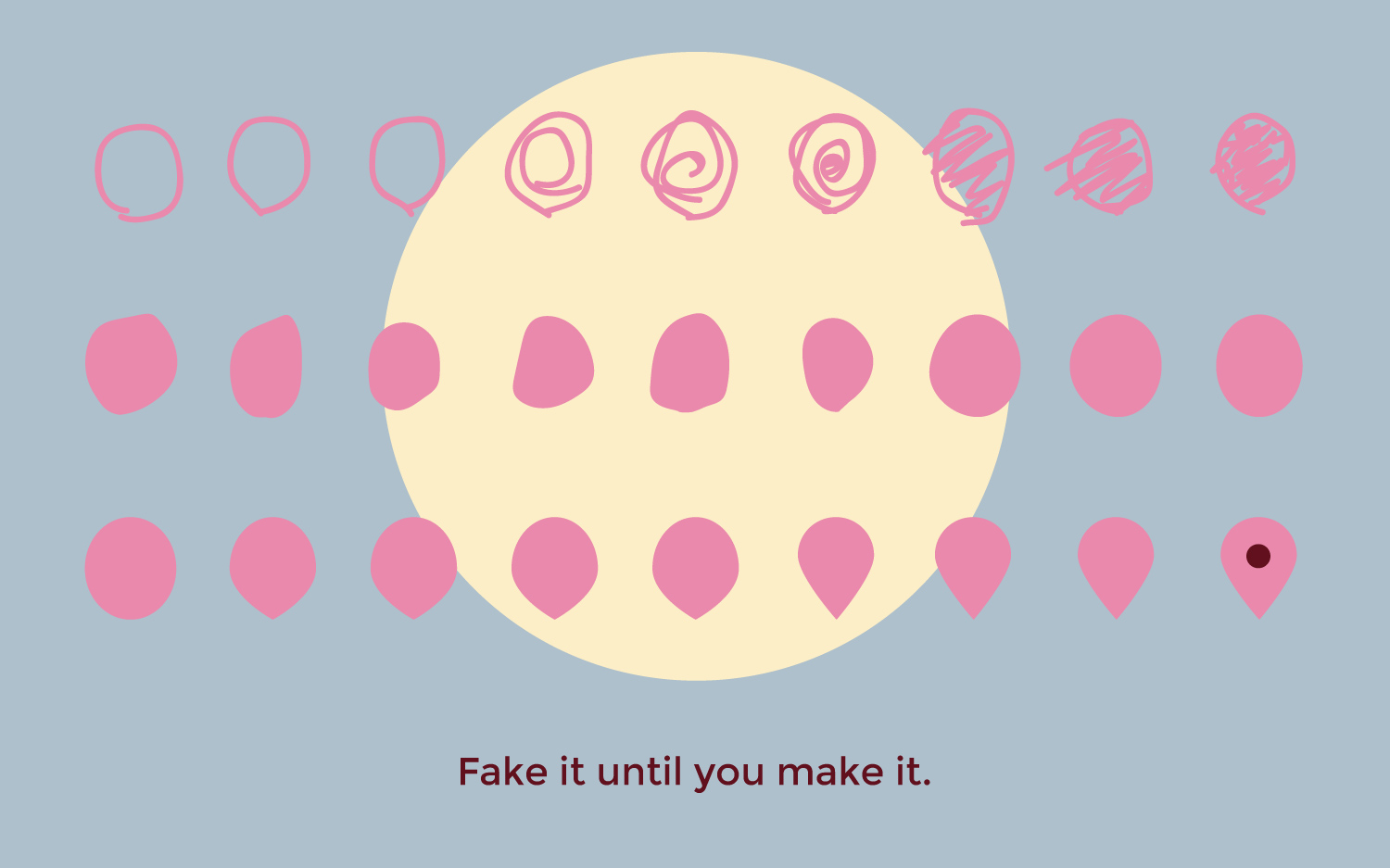
At the beginning of your design journey, you should copy the work that you like. Choose the person you really love. Study everything by him, also the persons he likes and emulates. After that you’ll find your own way to build a system. You should always be collecting inspiration.
As Goethe said, We are shaped and fashioned by what we love.
2. Start

You have to start doing the work you want to be doing and this can be the hardest step. You should stop watching your TV show, pick up your pen, get focused and get started. Take your dream, your idea, your thought and make it real.
3. Brainstorming
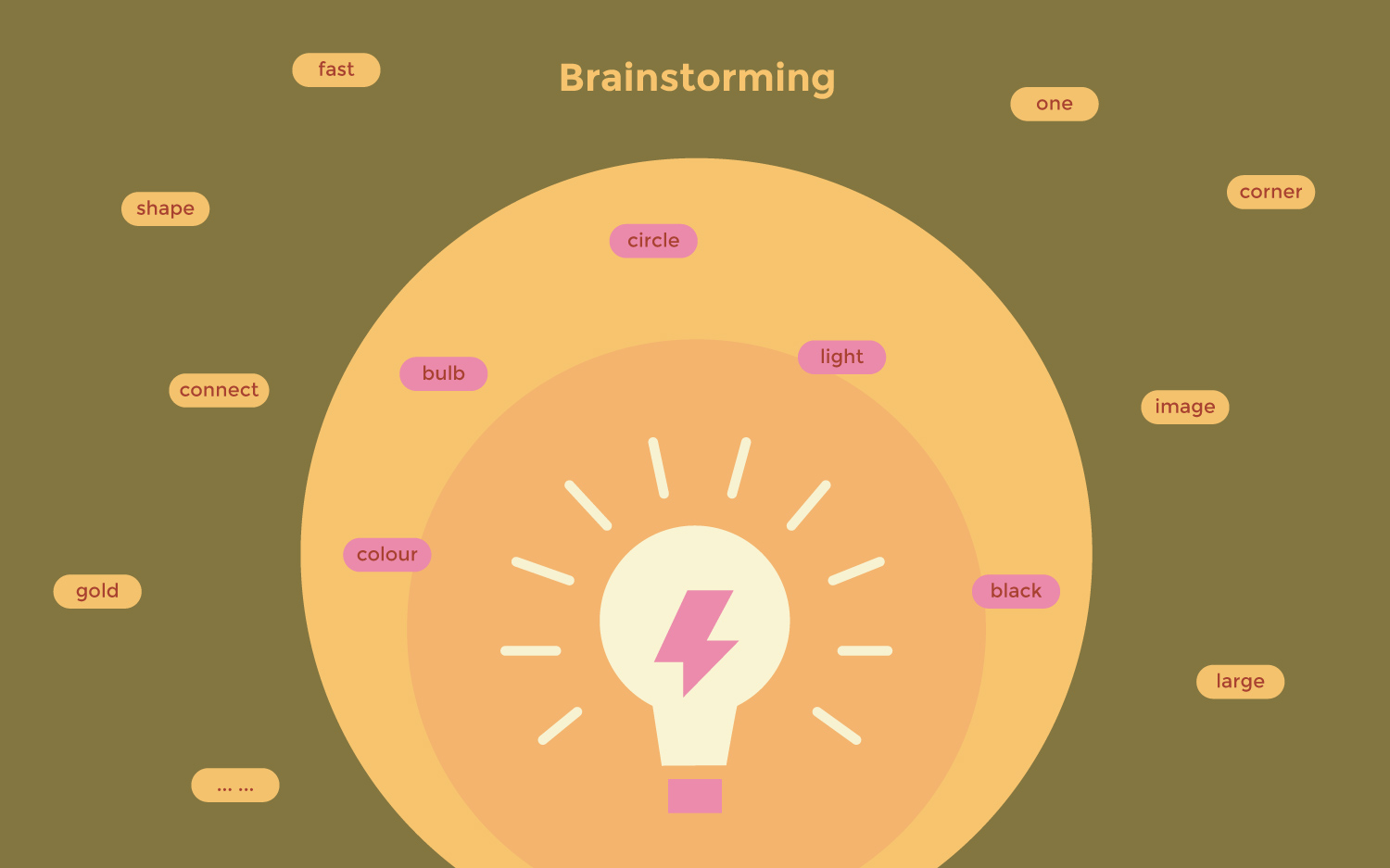
It doesn’t matter if it’s with a group of people or just yourself. Brainstorming creates new ideas and solves problems. It’s more effective when you can get lots of keywords about the project and is a powerful way to generate, share, and maximize new ideas. This methodology transfers well to a team; as a designer at Wiredcraft, I’ve found the parallel to this in our company’s design process with steps 3 and 4: diverge and converge .
4. Steal
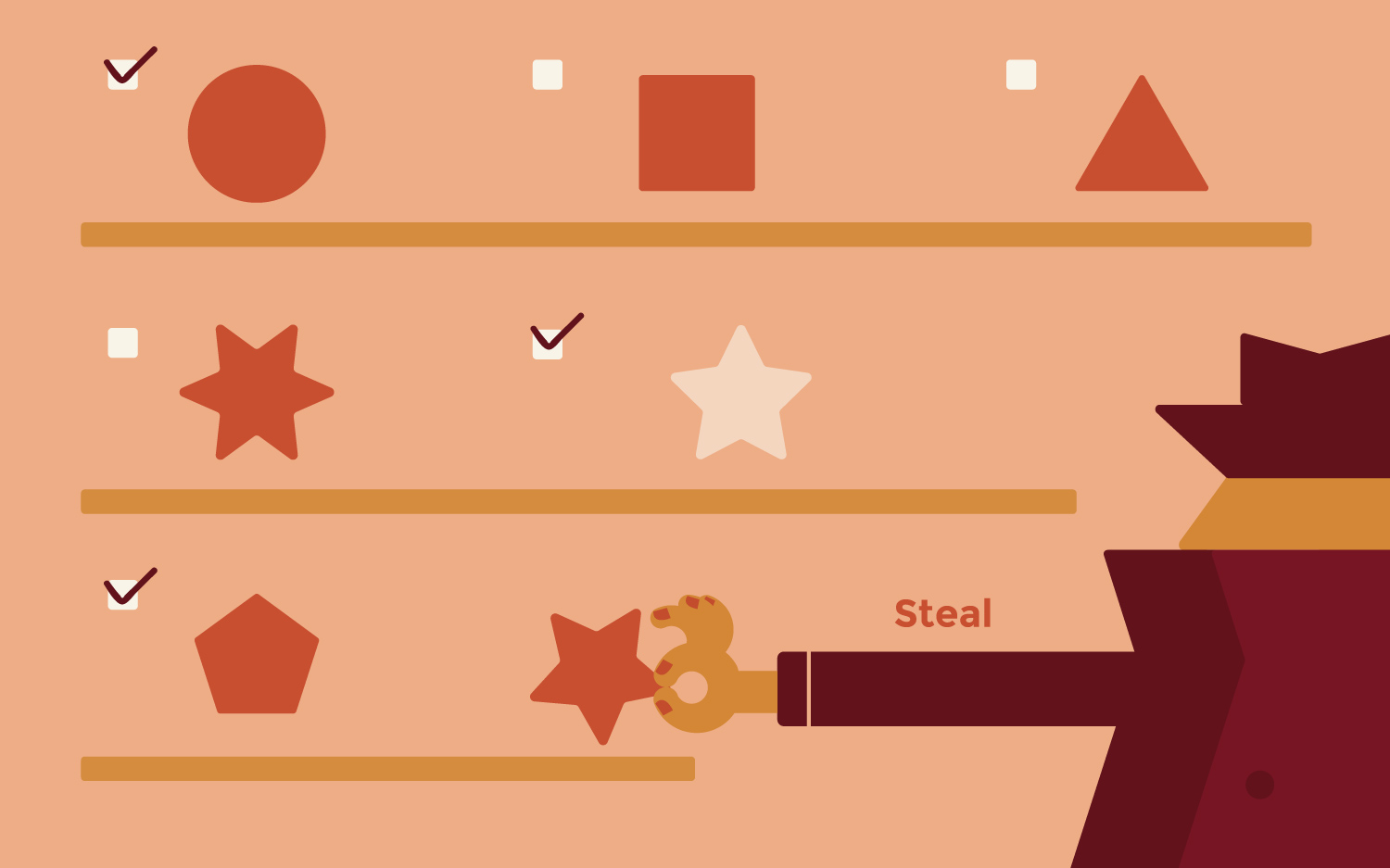
Try to be a mashup, a collection of everything that you like and works. Look back at step 1 (find all the inspiration and work you liked) and determine what’s useful to you. Then collect it all in one place to start figuring out your design - in other words, “steal it.”
5. Sketch.
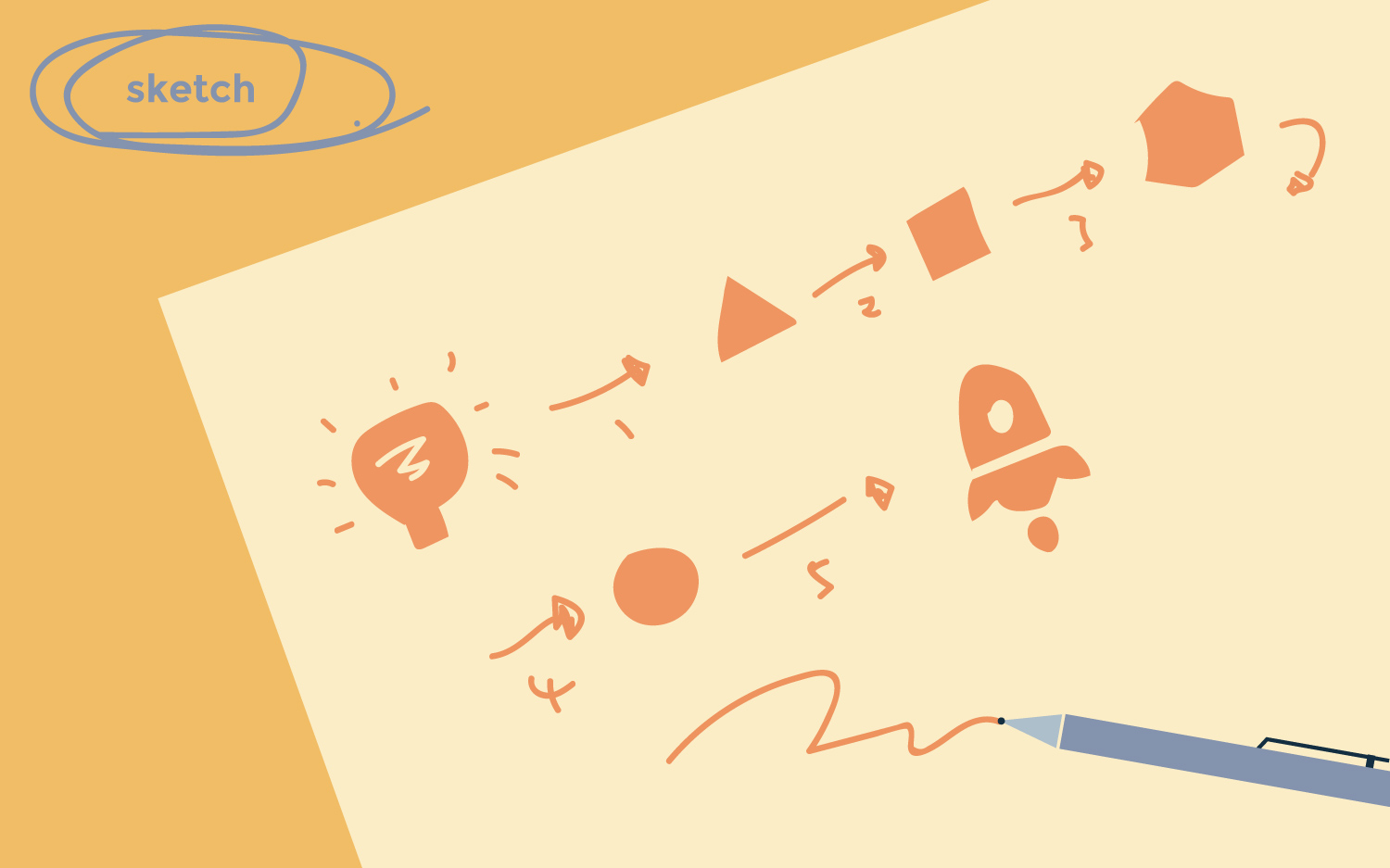
This is your time to doodle. Get your pen and paper out and let your ideas flow.
6 Summary.

How do you combine your ideas with others? The project is like a puzzle and you’re a machine: you already have a picture in your mind - what you have to do is to transform the other’s ideas into your own. (It could be as small as the color or perspective.) Then put all the ideas together, and your puzzle is completed.
7. Share.
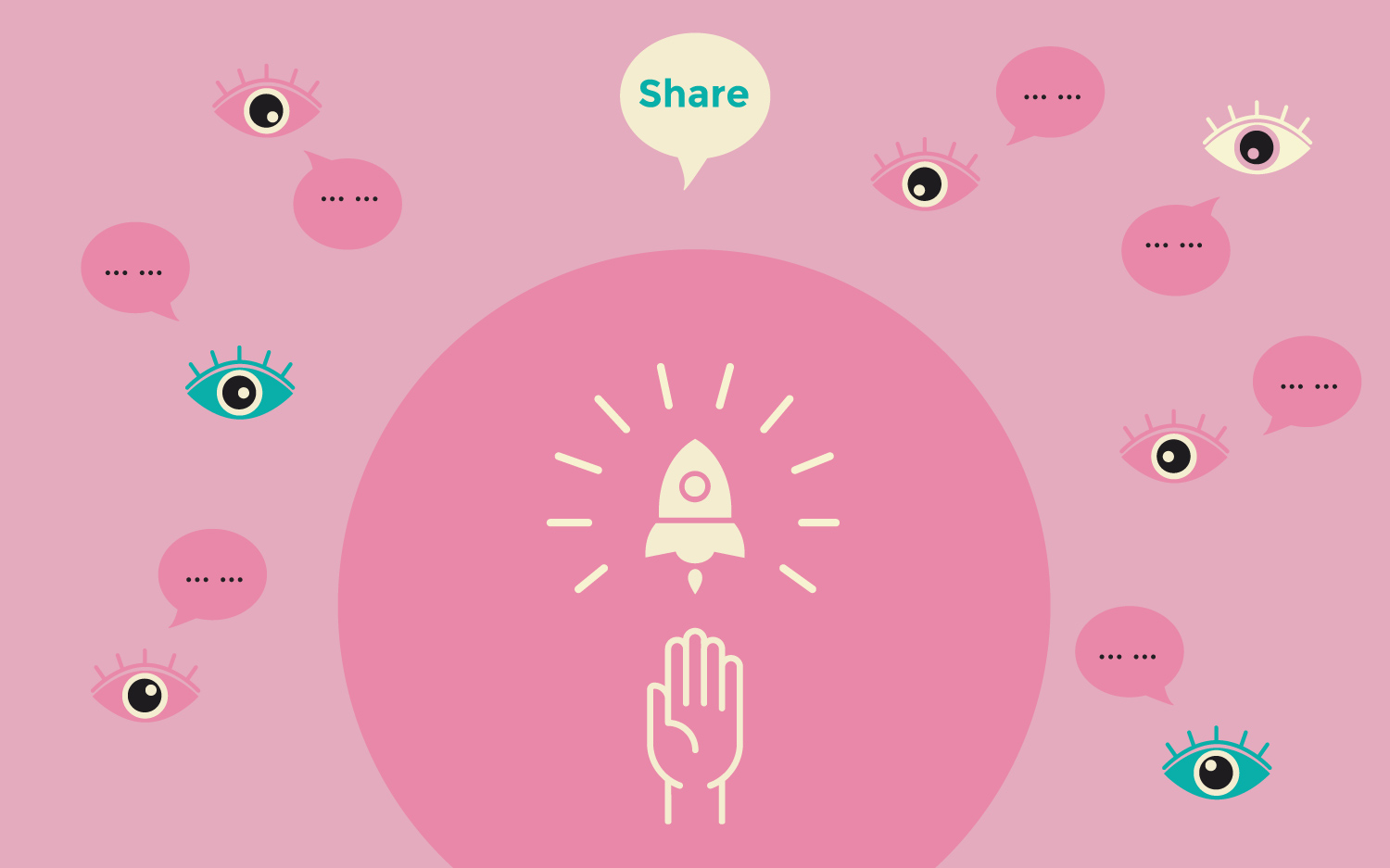
Share it with people. Get feedback and start all over.
Each person has a different way to create and I hope you can take inspiration from how I begin my personal design process. For me, one of the most important steps it to share and get feedback. This way we can always keep growing and inspiring.
This is how I learned to design. How did you? Tell us on Twitter or send us an email Be sure to include some of your most awesome work!